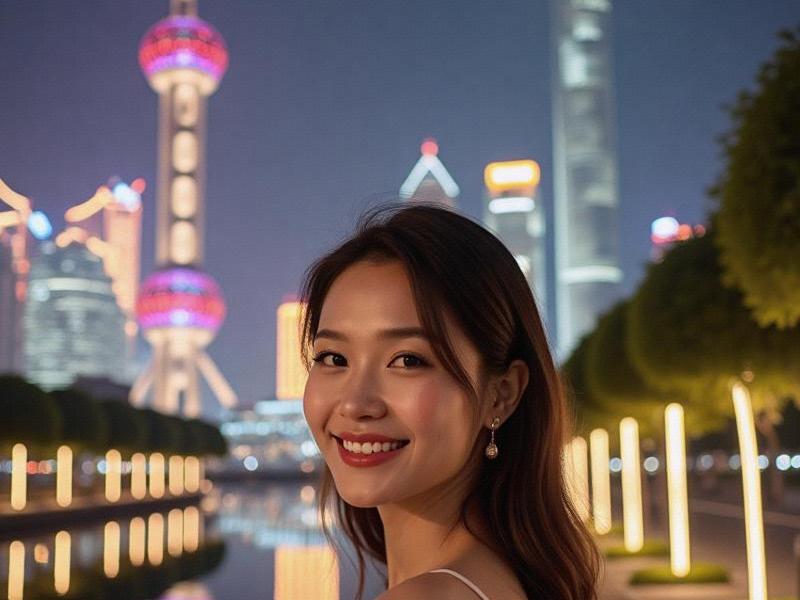This in-depth feature explores the unique characteristics of Shanghai women who embody the city's blend of Eastern tradition and Western modernity, creating a distinctive feminine identity that influences China's cultural landscape.

The Shanghai woman walks with purposeful elegance along the Bund - her tailored qipao silhouette contrasting with the neon glow of Pudong's skyscrapers, her WeChat moments filled with both French pastry photos and traditional mooncake recipes. This is the modern Shanghainese woman: a cultural phenomenon that has evolved through generations to become one of China's most distinctive urban identities.
Historical Evolution
Four Generations of Transformation:
1. 1920s-1940s: The Golden Age
- Shanghai's "Paris of the East" era
- Qipao fashion revolution
- First generation of educated working women
- Nightclub hostesses and socialites
2. 1950s-1970s: The Revolutionary Period
- Mao suits replace dresses
- Gender equality in workforce
- Suppression of bourgeois femininity
- Factory worker ideal
3. 1980s-1990s: Reawakening
- Return of fashion consciousness
- First beauty pageants
- Business opportunities emerge
- "Shanghai Auntie" stereotype forms
4. 2000s-Present: Global Integration
- International education boom
- Luxury brand consumption
上海神女论坛 - Career-family balance
- Digital influencer culture
Contemporary Portrait (2025)
By the Numbers:
- 51% of Shanghai's population
- 78% urban employment rate
- 42% hold university degrees
- 35% senior management positions
- 68% use social media daily
Signature Characteristics
1. Style & Appearance
- Fusion fashion (East-meets-West)
- Subtle but meticulous makeup
- Hair trends: modern bobs to long waves
- Accessory philosophy: "less is more"
2. Career & Education
- Ambitious professional goals
- Lifelong learning mentality
- 63% bilingual (English/Chinese)
- Entrepreneurial spirit
3. Family & Relationships
阿拉爱上海 - Later marriage trends (avg. age 30)
- Selective partner criteria
- Modern parenting approaches
- Multi-generational household management
4. Lifestyle & Consumption
- Health-conscious habits
- Cultural omnivores (opera to EDM)
- Discerning luxury shoppers
- Tech-savvy daily routines
Cultural Icons
Notable Examples:
- Michelle Yeoh (actress)
- Yang Lan (media mogul)
- Chen Lihua (billionaire)
- Zhang Jingchu (film director)
- Lu Yu (tea culture ambassador)
Economic Influence
Market Power:
- Control 85% household spending
- Drive luxury market growth
- Shape beauty industry trends
- Influence real estate decisions
上海龙凤阿拉后花园 - Lead digital consumption
Global Comparison
Shanghai vs. World Cities:
- Fashion: More experimental than Parisian
- Career: More ambitious than Tokyo
- Education: More international than NYC
- Lifestyle: More balanced than Hong Kong
Challenges & Controversies
Current Debates:
- Work-life balance pressures
- Aging population concerns
- Marriage market competition
- Beauty standard criticisms
- Generation gap issues
Future Projections
Emerging Trends:
- Increased political participation
- Tech industry leadership
- Sustainable lifestyle adoption
- Artistic community growth
- Global cultural influence
As sunset paints the Huangpu River gold, Shanghai's women continue writing their unique story - one that blends the confidence of a global citizen with the grace of Chinese tradition, creating a feminine ideal that's distinctly, unmistakably Shanghainese.